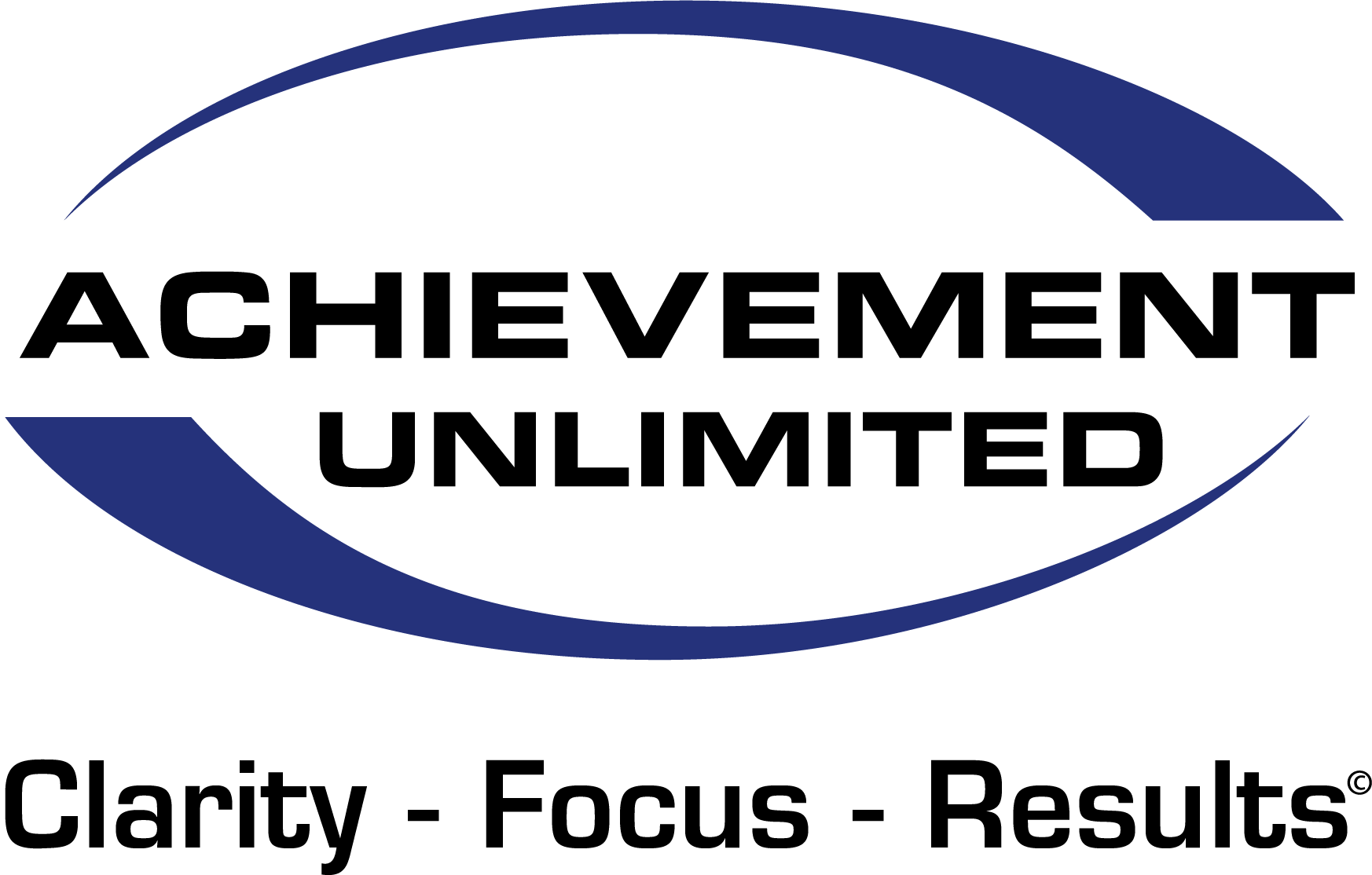
By Peter Demarest
In Part 1, we differentiated the concepts of “working on it” versus “doing the work.” In Part 2, we introduced the meaning of “breakthrough,” along with Valuegenic Self-Leadership and The Central Question as a power tool for creating breakthrough shifts in thinking that lead to unprecedented results.
Hopefully, you have been asking yourself this question: “What choice can I make and action can I take, in this moment, to create the greatest net value?”
Now, let’s empower you with some additional insight that can help you better answer The Central Question, so you can do GOOD Work.
GOOD Work
A core tenet of the science of axiology (value science) is a definition of “good” that is simple, universally true, and profoundly important to understand and apply: Something is GOOD to the degree that it has all the attributes required to fulfill its purpose.
If something does not have all the attributes required to fulfill its purpose, it can’t completely fulfill its purpose. A car without brakes is not a good car because it can’t fulfill the purpose of a car. Having a goal or purpose is important, but to fulfill that purpose you must have, acquire, or develop all the attributes needed to achieve that purpose or goal.
One of the most significant barriers to greater success that people, teams, collaborators, and organizations have is a lack of explicit clarity or agreement regarding purpose – the purpose of whatever they are trying to decide, do, achieve, or solve – and the value that the pursuit and achievement of that purpose can create. Yet, most conflicts center on disagreements and differing opinions about attributes while assuming everyone is on the same page regarding purpose.
Inherent in any goal or aspiration is also a value proposition. People will only pursue or do those things that they perceive have enough positive value. Of course, they are also motivated by a perceived threat or loss of value – a negative value proposition. While clarity of purpose provides direction, the value proposition provides the motivation to do the work.
To solve these problems, make it a practice to have explicit conversations with yourself and any collaborators to identify, clarify, and articulate the purpose of any endeavor.
- What is something that you want to achieve, change, or make better in your life or work that is measurable or observable and would be unprecedented for you? This would be a meaningful goal or aspiration, big or small, short or long-term. This is a purpose.
- What is the value of succeeding in this endeavor to both organization/team and each individual? Connect the dots. Again, if the value proposition is too low, people won’t engage in consistently doing the work.
- What are ALL THE ATTRIBUTES required to succeed in this endeavor, and are there existing attributes that are barriers to success?
- Where do we need to focus our time and energy?
Only after these questions are answered is it time to do the “The GOOD Work.”
“The GOOD Work” is focused on developing the attributes required to fulfill the purpose.
Doing GOOD Work is NOT about focusing on the goal/purpose/results; it’s about focusing on the development of ALL the attributes required to fulfill the purpose or achieve the desire outcome. If you develop ALL the attributes required you automatically succeed in the outcome. Goal-setting, strategizing, and making a list of actions is not enough.
One of the attributes required is the ability – the mental ability – to make good decisions and take effective actions. The No. 1 difference between people who succeed in achieving their goals and those who don’t is the ability to lead themselves in the development of the attributes required to succeed.
This brings us full circle to the difference between “working on it” and “doing the work.”
We all have some good ways of thinking and some not-so-good ways of thinking. We call them cognitive assets (good) and cognitive biases or liabilities (not so good). Research shows that 85-95 percent of our emotions, decisions, and behaviors are controlled by or highly influenced by our subconscious cognitive liabilities. It’s these not-so-good-ways of thinking that undermine our ability to stretch our comfort zone, to engage in deliberate practices, to make changes, and to develop the attributes required to achieve new things. It’s our cognitive liabilities that will prevent us from Doing GOOD Work while claiming to be “working on it.”
Breakthrough Requires Self-Leadership
A breakthrough is “a significant shift in thinking that removes barriers, reveals possibilities, and leads to unprecedented results.”
In the practice of SELF-Leadership, a significant shift in thinking means to be able to deliberately and purposefully shift your thinking to engage your best ways of thinking – your cognitive assets – rather than allowing your old habits – your cognitive liabilities – to dominate your thinking and actions (or inactions).
Asking yourself The Central Question – What choice can I make and action can I take, in this moment, to create the greatest net value? – is a powerful tool for self-leadership and at the root Doing GOOD Work. It will help your shift your thinking and support you taking actions that lead toward unprecedented results.
Moving Forward Toward Greater Success
In summary …
- Be honest with yourself: are you “Doing GOOD Work” or just “working on it”?
- Get clear on your purpose and its value proposition.
- Determine what attributes you need to develop in order to succeed.
- Focus on developing those attributes.
- Use the Central Question to help you make better choices, take better actions, and Do Good Work.

Recent Comments